Indian Art History and its Vibrant artistc legacy has a varied and very long tradition. Just like the history of human evolution, Art history has been equally mysterious, enormous and largely unidentified. Man has always adored art and had a strong attachment with it. Indian paintings have a long traditional history varying with customs and ideologies passed down through generations. The oldest paintings date back atleast 290,000 years. Petroglyphs were recovered, some of which were found to be paintings, in central India.

1. Prehistoric Drawing
Bhimbetaka is the only place in India you will find colored paintings including red, whit, yellow and green. Some pictures were drawn to decorate, and some to perform witchcraft and religious rites. Others try to tell a story mixing with emotions like fear, joy etc. All the pictures depicted the early life history and one can comprehend the evolution of humans through the drawings.
Distinct style of art is observed in Each region of India. Religious motifs are some of the most common subject matter, often featuring mythological human and animal forms as well as elaborate ornamentation. Indian paintings can be broadly classified as murals, miniatures and paintings on cloth.Large works are executed on the walls of solid structures, such as the Ajanta Caves and the Kailashnath temple. Miniature paintings are executed on a very small scale for books or albums. People produce paintings on cloth more often in a popular context, as folk art.Mostly used by travelling reciters of epic poetry, such as the Bhopas of Rajasthan and Chitrakathi, and bought as souvenirs of pilgrimages. Now artists eventually transferred the art form to more modern materials such as paper, canvas, cloth, and other mediums. Some of the early mordern period painting styles are as follows:
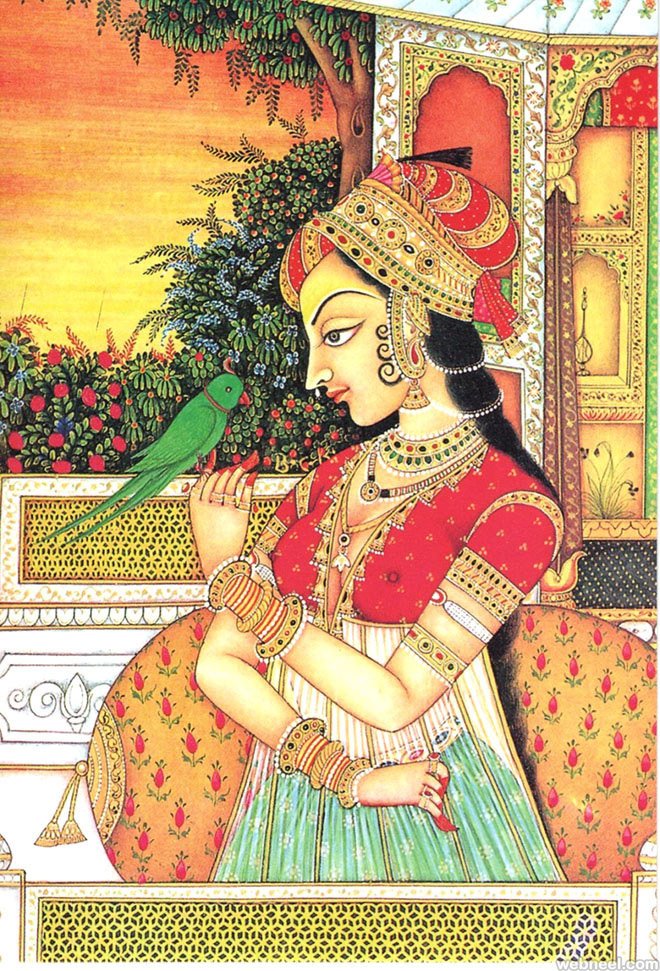
2. Mughal Painting
Mughal paintings were a unique blend of Indian, Persian and Islamic styles. It emerged, developed and took shape during the period of the Mughal Empire between the 16th and 19th centuries. Mughal kings wanted visual records of their deeds as hunters and conquerors. |Therefore, their artists accompanied them on military expeditions or missions of state and recorded their prowess as animal slayers, depicted them in the great dynastic ceremonies of marriages.

3. Deccan Painting
Artists in the Deccan region of Central India produced Deccan painting. The main period was between the late 16th century and the mid-17th. Early Mughal painting evolved at the same time to the north. Compared to that Deccan painting exceeds in the brilliance of their colour, the sophistication and artistry of their composition, and a general air of decadent luxury.
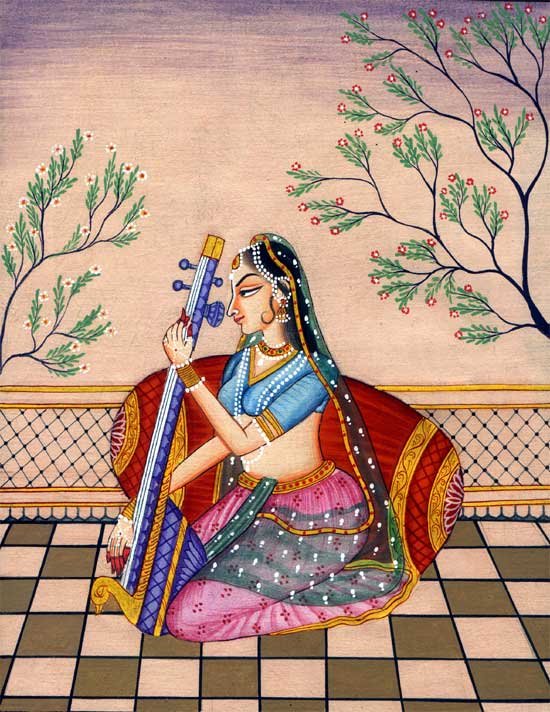
4. Rajput Painting
Plethora of different styles of Rajput painting developed from the late 16th century onwards in the Hindu royal courts of Rajputana. Rajput paintings depict a number of themes. Scenes of epics like the Ramayana and the Mahabharata, Krishna’s life, beautiful landscapes, and humans. Many miniatures were individual album pieces, iincluding illustrated books, and some mural painting on the walls of palaces, forts, and havelis.
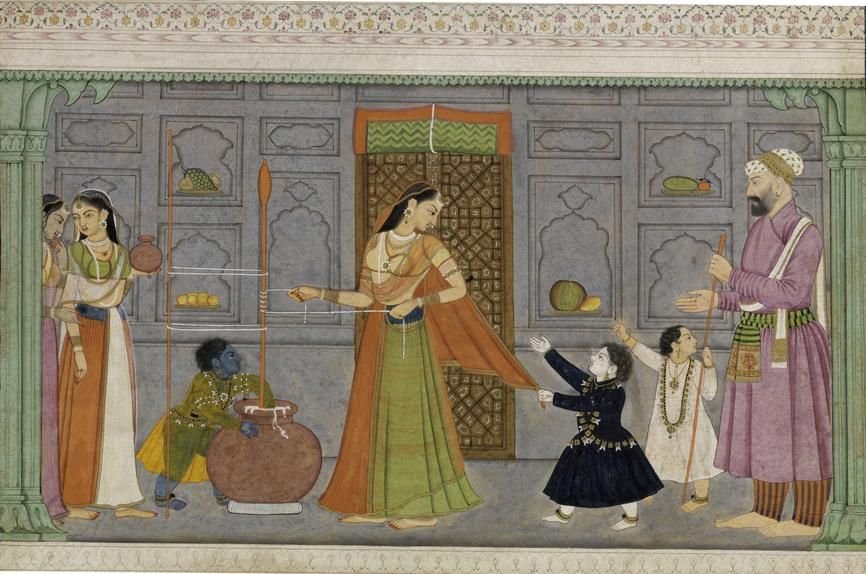
5. Pahari Painting
The Pahari style developed and flourished during 17th to 19th centuries stretching from Jammu to Almora and Garhwal, in the sub-Himalayan India, through Himachal Pradesh. These paintings can be grouped into two groups- Jammu or Dogra school and Basholi and Kangra school. Paintings grew out of Mughal paintings.
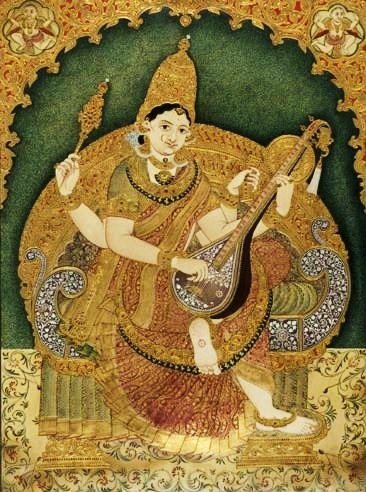
6. Mysore Painting
Mysore painting is an important form of classical South Indian painting that originated in the town of Mysore in Karnataka. Elegance, muted colours and attention to detail is the speciality of these paintings. The themes for most of these paintings are Hindu Gods and Goddesses and events from Hindu mythology. In modern times, these paintings have become a much sought-after souvenir during festive occasions in South India.
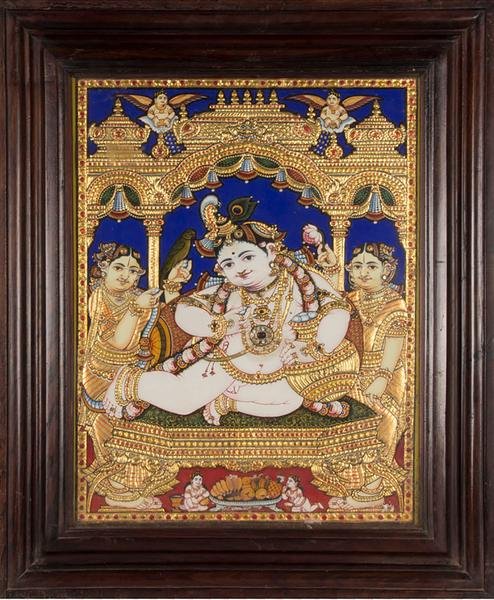
7. Pattachitra
Pattachitra refers to the Classical painting of Odisha and West Bengal, in the eastern region of India. The subject matter of Bengal Patachitra is mostly mythological, religious stories, folk lore and social. They prepare their own colours. White colour is made from the conch-shells by powdering, boiling and filtering in a very hazardous process. It required lots of patience, but the end result gives the marvellous permanance to the hue.
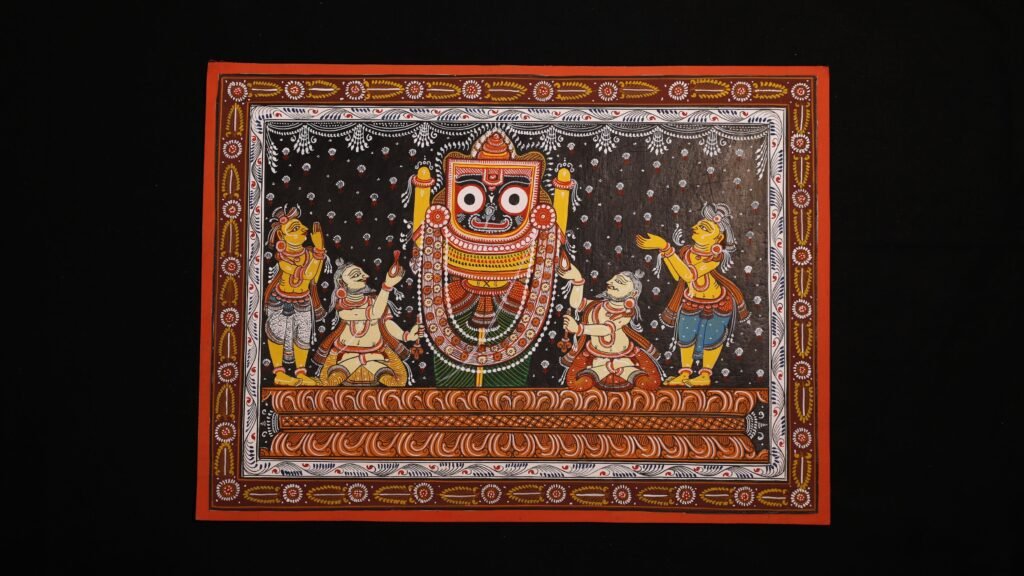
8. Madhubani Painting
This style originated in the Mithila region of Bihar as a form of wall art. Themes revolve around Hindu Gods and mythology, along with scenes from the royal court and social events like weddings. Generally no space is left empty. The gaps are filled by paintings of flowers, animals, birds, and even geometric designs. In this paintings, artists use leaves, herbs, and flowers to make the colour.

From prehistoric rock carvings to contemporary interpretations of traditional styles, Indian Art History and its Vibrant artistc legacy continues to demonstrate the breadth of artistic and cultural influence. While traditional works of art showcase religious motifs and mythological depictions, contemporary works match the cultural and ideological diversity of the nation.

Indian art history is a treasure trove of creativity and cultural heritage, showcasing a vibrant and diverse artistic legacy. From the ancient cave paintings of Bhimbetka to the intricate sculptures of the Gupta period, Indian art has evolved over thousands of years, reflecting the country’s rich cultural tapestry. The art of India is not just about aesthetics; it’s a reflection of the country’s history, religion and social fabric. This blog post beautifully captures the essence of Indian art history, highlighting its significance and the enduring legacy of its artists. It’s a fascinating journey through time, showcasing the evolution and richness of Indian artistic traditions. Can’t wait to explore more about this captivating subject!
Quite insightful
Thank you!
Interesting information
Thanks!